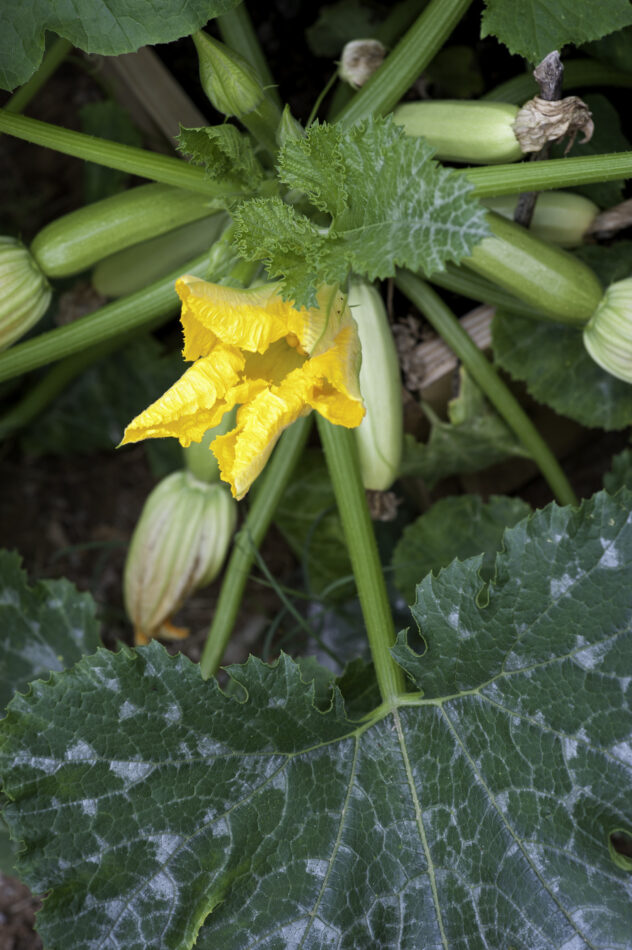
Especially if useful plants grow in a greenhouse, pollination of the plants itself is important. Read the instructions for pollinating different species.
Plant pollination is an important part of crop cultivation. 75 percent of our food crops are pollinated by insects, says the Finnish Environment Agency report.
The most important pollinators are bees, bumblebees and small flower flies.
In pollination, the insect carries pollen from the stamen of the flower to the pistil of another or the same plant.
“As a result, important fruit flesh develops around the pollinated pistils and the resulting seeds, i.e. the crop to be harvested,” says the CEO of the Gardening Association Timo Taulavuori.
Read also: Pollinators are in danger of disappearing – make a pollinator-friendly garden that brings help to insects in need


Zucchini should be pollinated, especially if it is grown in a greenhouse. Showy large flowers on thin stems are stamens. The queen flower has a plump stem that develops into a zucchini. © iStock
Plant pollination should be done especially for greenhouse plants
Fragrant and colorful flowers attract insects. Sometimes the insects can’t find or get there. For example, useful plants located in the greenhouse or on the balcony, such as zucchini, pumpkins and tomatoes, should be pollinated in order to get a better harvest.
Many plants produce larger yields when they are well pollinated.
Pollination is also useful when you want to cross different varieties or make sure that the seeds produced by the plant are definitely of the same variety.
“Some people, for example, collect tomato seeds from their own grown tomatoes and sow them the following year. If you grow several different varieties of tomatoes in the same greenhouse, you can’t be completely sure whether the seeds will produce similar tomatoes the following year.”
The gardener should start pollination when there are few or no insects. The decline of insects is a global problem.
Sometimes just bad weather can hinder the movement of pollinators from flower to flower.
Watch the video on how to dust zucchini with a brush:
Read also Anna.fi: Was it stung by a wasp or bitten by a viper? The doctor reveals the best tricks for wasps, ticks and snakes
Pollination of plants yourself – this is how you succeed!
Pollination of plants differs slightly between different species. Some plants, such as pumpkins, have pistils and stamens on the same plant, but in different flowers.
Pollination of the pumpkin should be done by inserting a brush, cotton swab or small needle into the stamen and then into the queen flower.
The pistil has a thin stem and the pistil has a plump stem that grows into a squash after pollination.
Tomato and pepper have pistil and stamen in the same flower. That’s why it’s enough for them to shake the plant with a stick, causing the pollen to start moving in the flower.
Instead, many cucumber varieties are self-pollinating, so they have only pistils that don’t need any pollination to produce a crop.
Source: kotiliesi.fi


